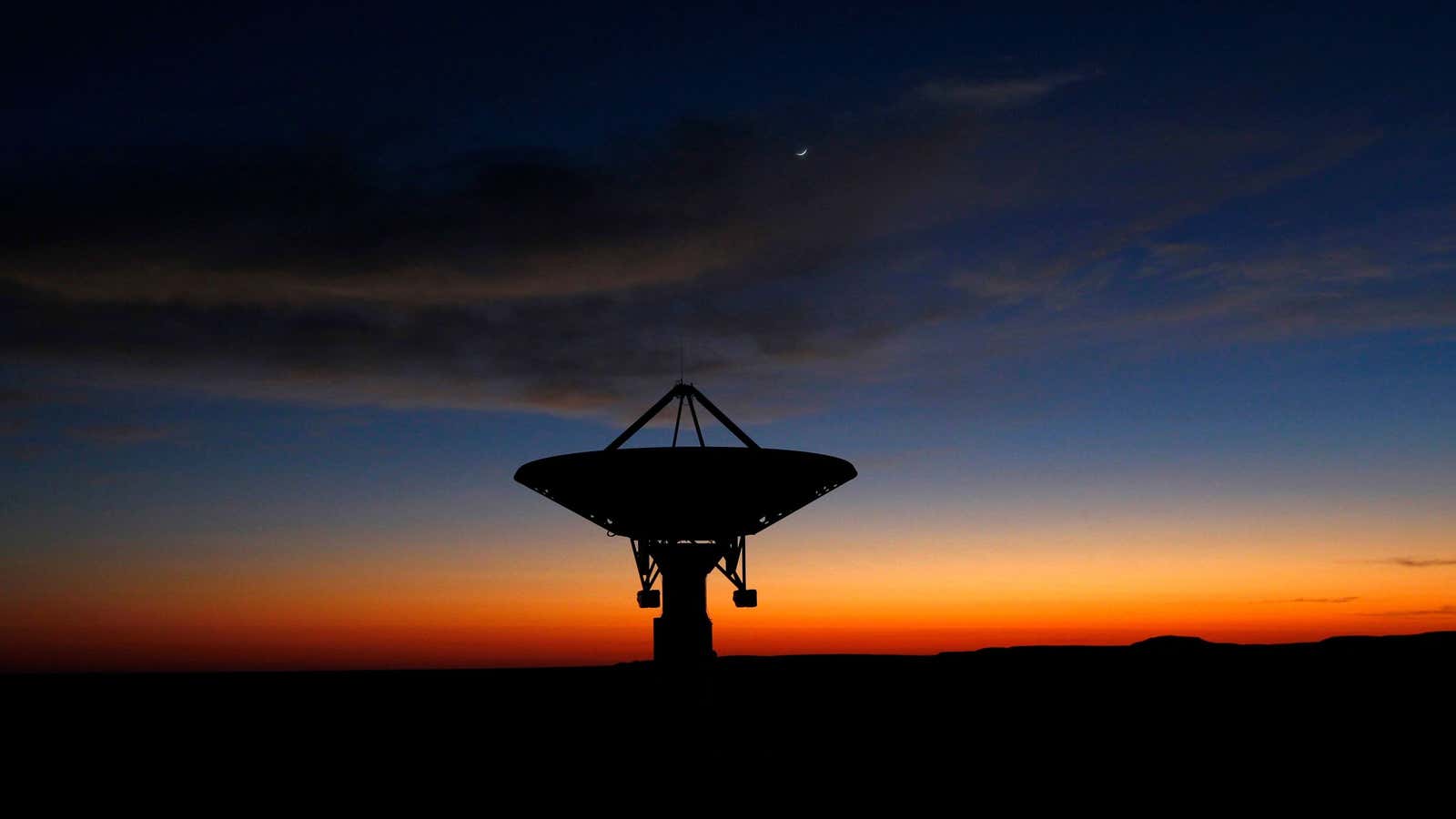It gave earthlings our first close-up images of Pluto. Now, just three-and-a-half years later, NASA’s New Horizons spacecraft is closing in on a mysterious hunk of reddish rock and ice that’s inspired much fascination within the astronomy community.
Even the object’s name—Ultima Thule—reveals just how little we know about the floating mass. It literally translates to “beyond the known world.”
“This is pure exploration,” said Alan Stern, the mission’s principal investigator in a statement. “We are really flying toward something completely unknown, unlike any other object we’ve studied in the past.”
According to NASA, the hunk stretches about 20 miles (32 kilometers) across, and it’s significant to space scientists because it is potentially the most primitive object ever encountered by a spacecraft. Astronomers see this as an opportunity to check out something that scientists say could be as as old as the moments when the solar system’s planets were first forming.
Ultima Thule is located in a region of space at the edge of the solar system called the Kuiper Belt. It’s mostly home to hundreds of thousands of asteroids and comet-like objects.
The New Horizons spacecraft, which is about the size of a baby grand piano, is set to reach Ultima Thule on Jan. 1 at 12:30am EST. Images are expected to transmit 4 billion miles back to earth by 10am.
The images of Ultima Thule are really just an encore performance from the New Horizons spacecraft, which was dispatched from Earth to snap images of Pluto. But scientists say the craft still has enough power to keep it traveling through space through the mid-2030s. So they intend to send it further into the Kuiper Belt, where it’ll give new close-up insights into regions of space we’ve never seen before.
